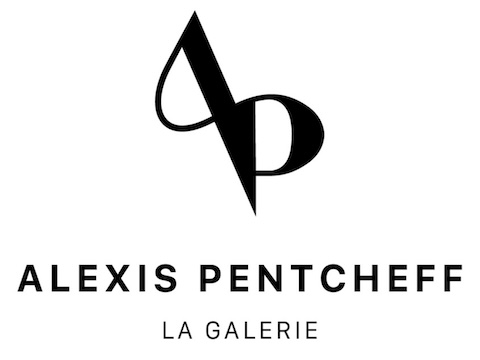From October 15, 2013
to November 15, 2013
The exhibition that we proposed in September 2013 was interested in the representation of landscape in the South of France from the second half of the 19th century. The presentation of this exhibition took place in a prestigious domain, between Camargue and Alpilles. This day had been the occasion to gather the amateurs around a country brunch in the gardens of the castle. The exhibition was then presented at the gallery from October 15.
The landscape school of Marseille was widely represented under the brush of those who were the first to turn Provence into an open-air studio. It was a multi-faceted nature that inspired Emile Loubon, director of the city's School of Fine Arts from 1845. He encouraged his students to paint from the ground up, encouraged exchanges with his Parisian painter friends whom he invited to the South, and encouraged emulation. This pioneer of Provencal landscape painting led a generation of young artists in his wake, encouraging them to follow their own path. To the arid and powdery hinterland of Loubon, Ponson and Garibaldi will answer with limpid seascapes, while Guigou remained anchored to an intense minerality in his palette. Under the influence of the Félibres, time seems to have stood still in this country that wishes to preserve its singularity through its language and its painting.
The sunny Provence has also attracted artists accustomed to duller horizons, who, struck by the intense glow of the southern light, wish never to leave it. Born in Beaune, Félix Ziem was drawn to Marseille where he settled, giving watercolor classes in his studio in the port. Then, in the lakeside city of Martigues, which at the end of the 19th century was given the title of Venice of Provence, he had a studio built that looked like a mosque. He never stopped traveling but never left his adopted land for very long.
This artistic attractiveness of the region continues and makes of Provence a ground of experimentation where the avant-garde confronts its research, around Van Gogh, Cézanne. This was the purpose of the "Grand Atelier du Midi", the flagship exhibition of Marseille 2013 (cultural capital), presented in two parts at the Palais Longchamp and the Musée Granet. The color jubilates, exults under the ardor of the light. The fauvists are at work and the landscape is suddenly ablaze, as if Provence too had long been aspiring to this modernity that guarantees the convergence of all eyes. Seyssaud had started the charge in the rustic hinterland, Camoin and Manguin transmitted the detonation to the French Riviera, where Matisse and Picasso would settle in a few years.

